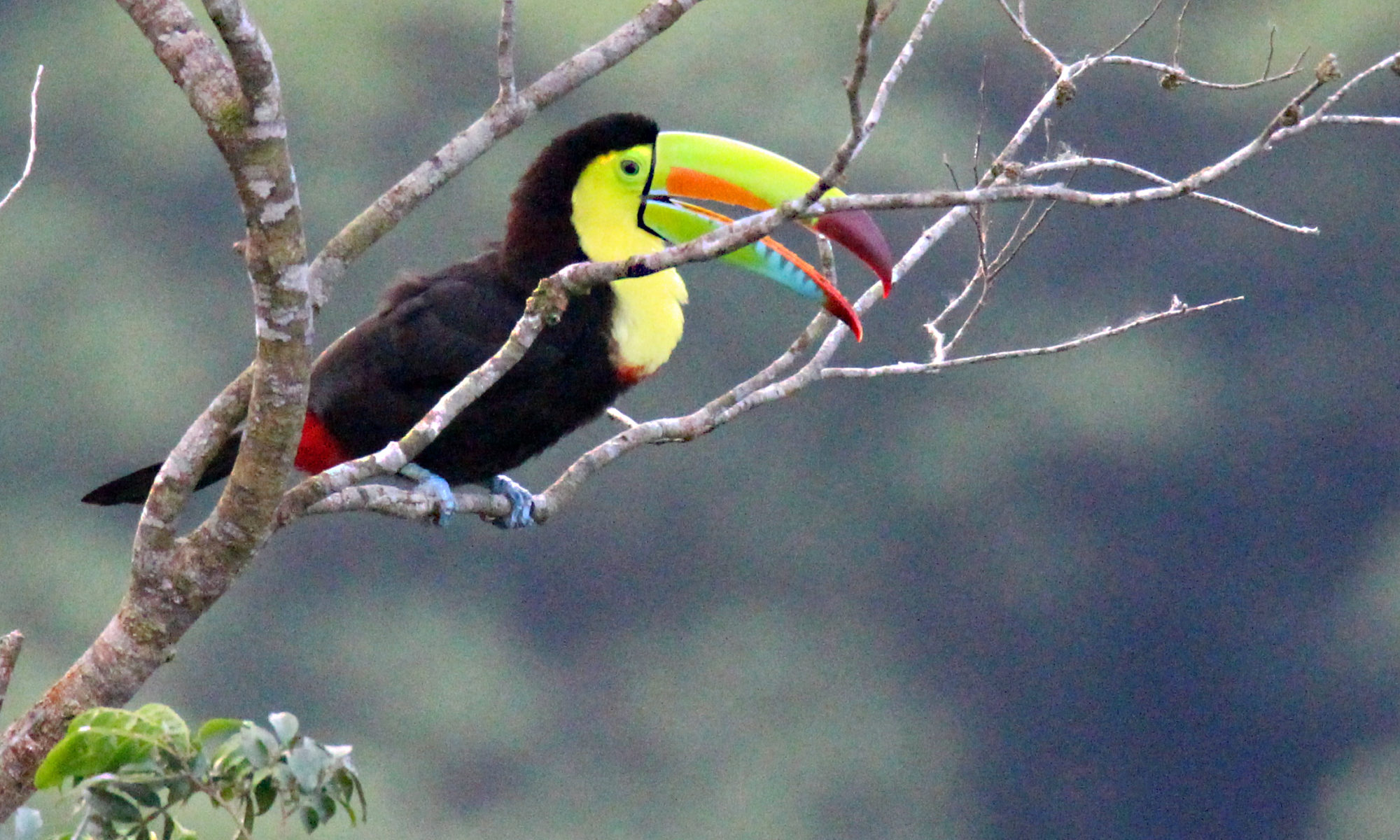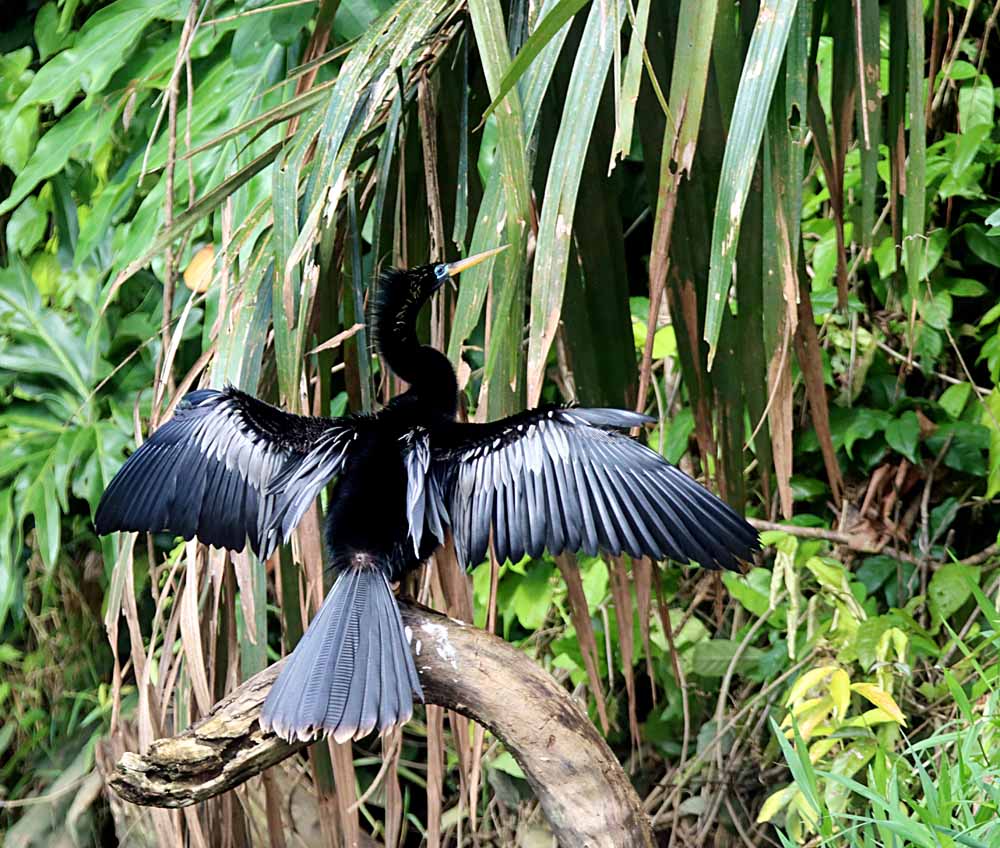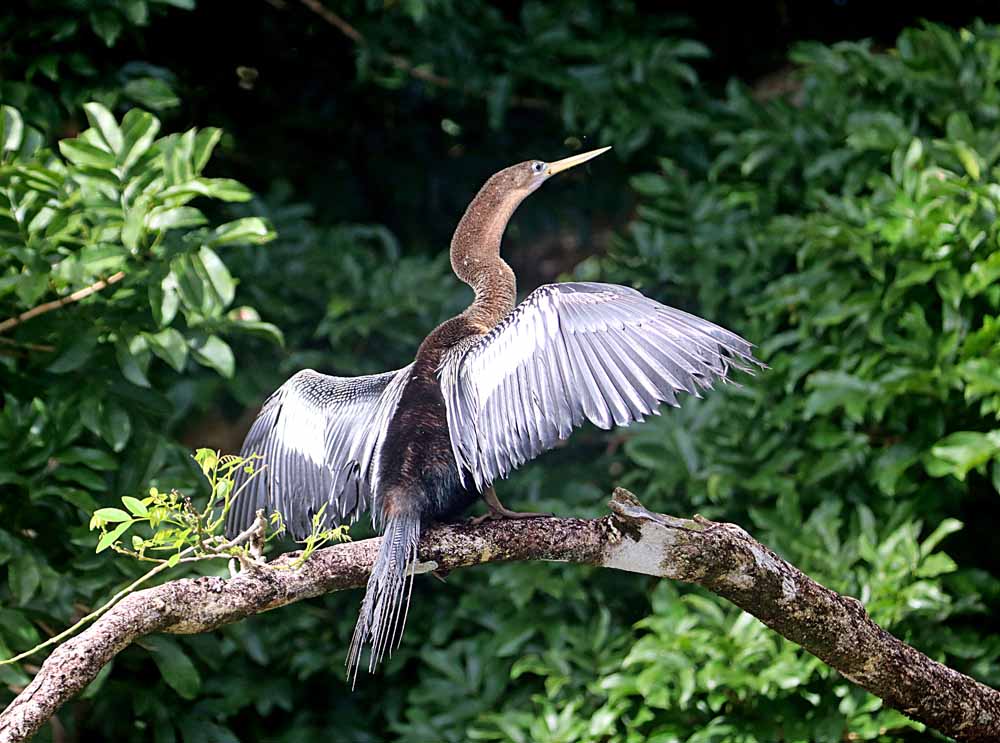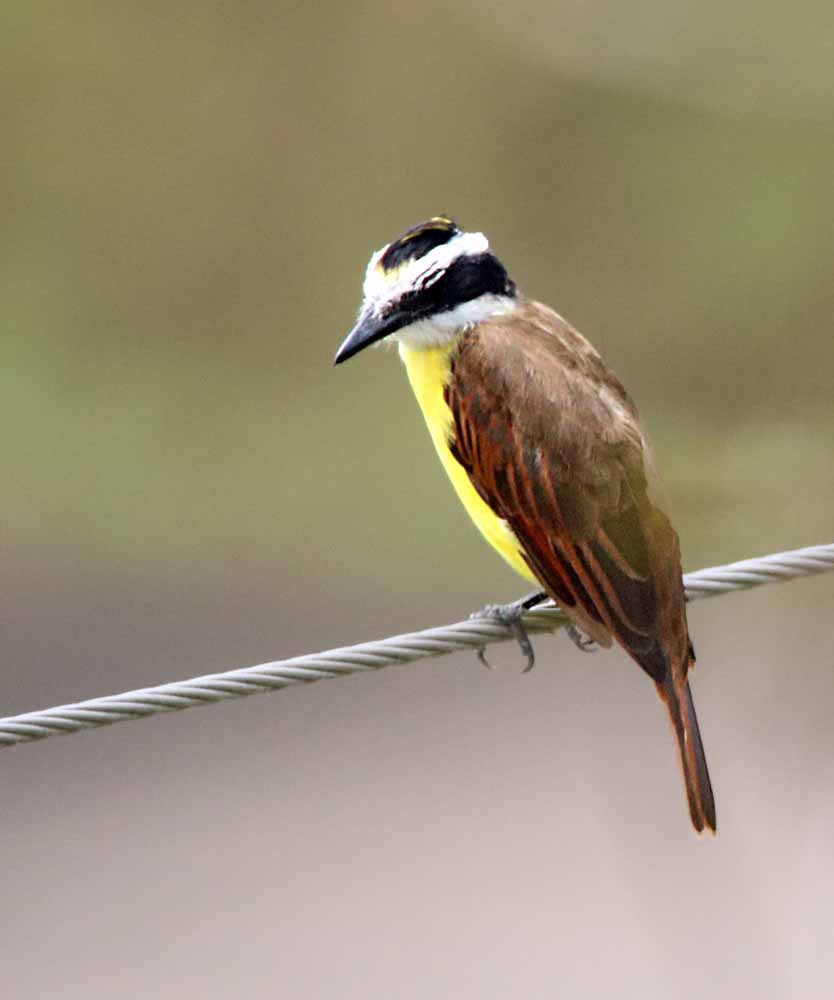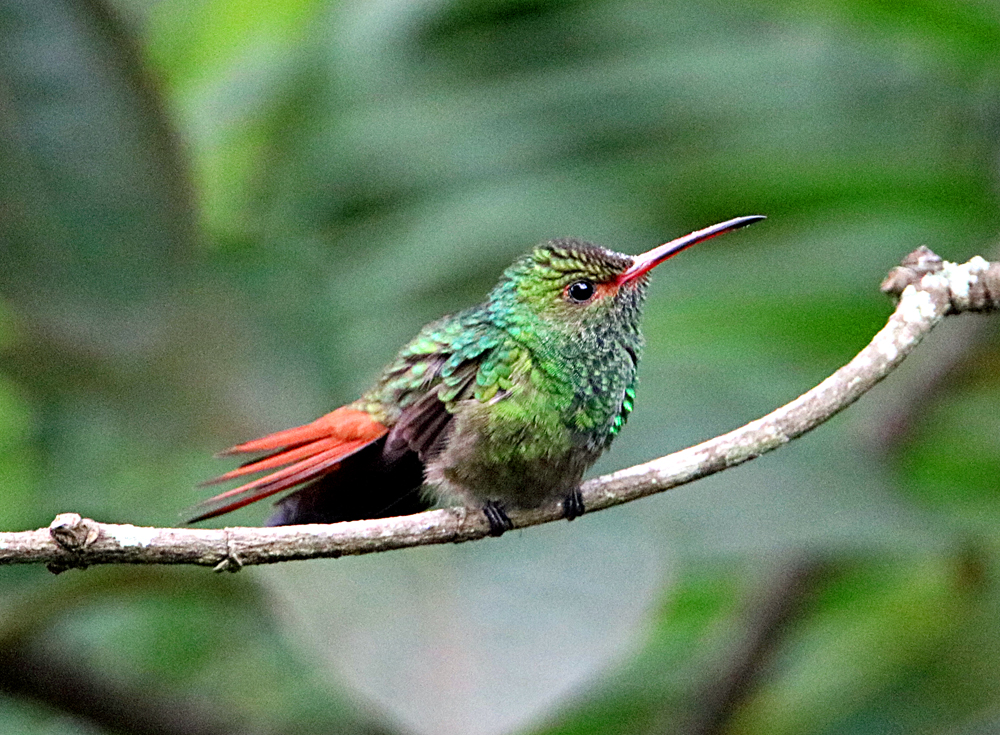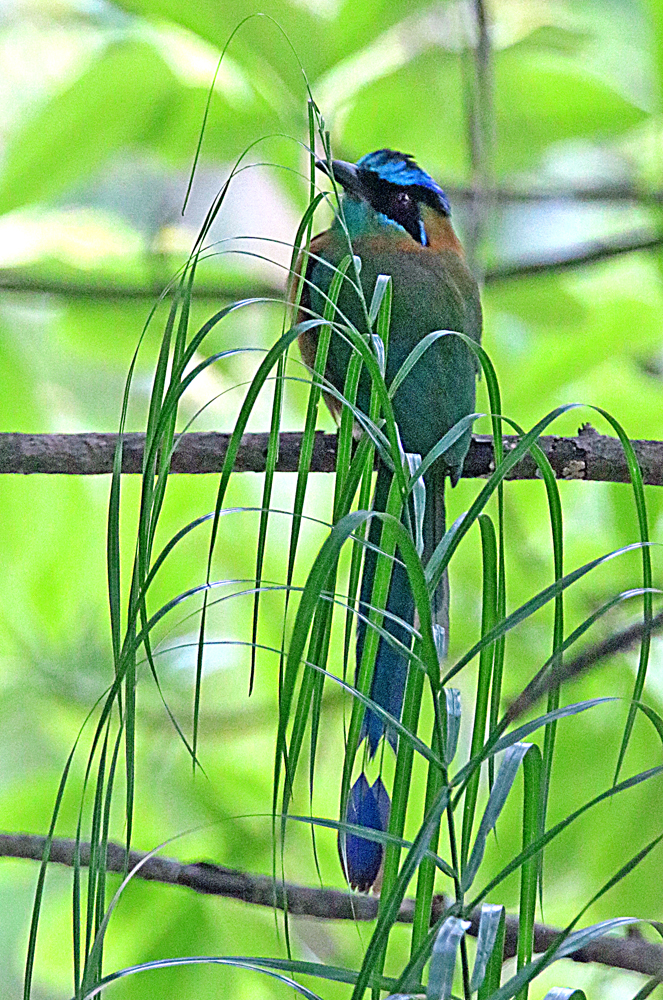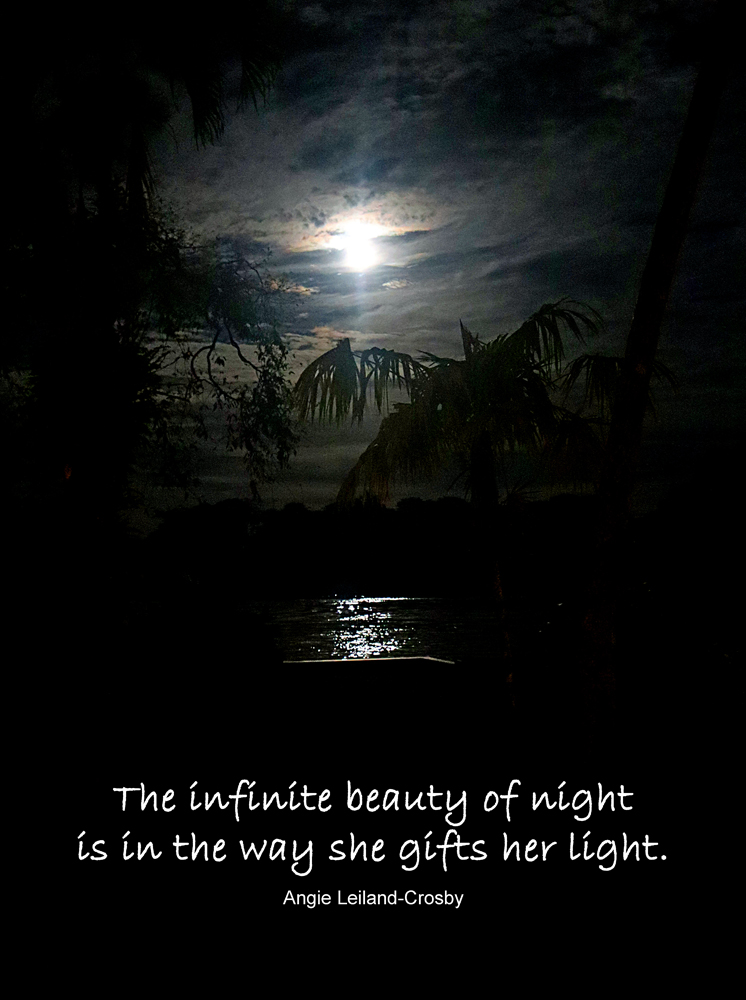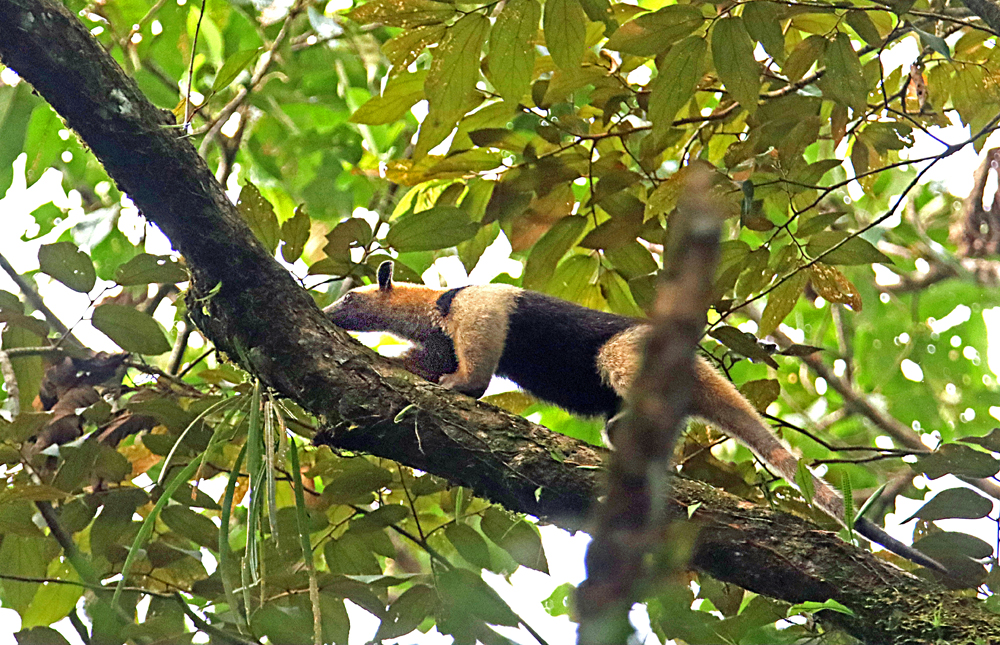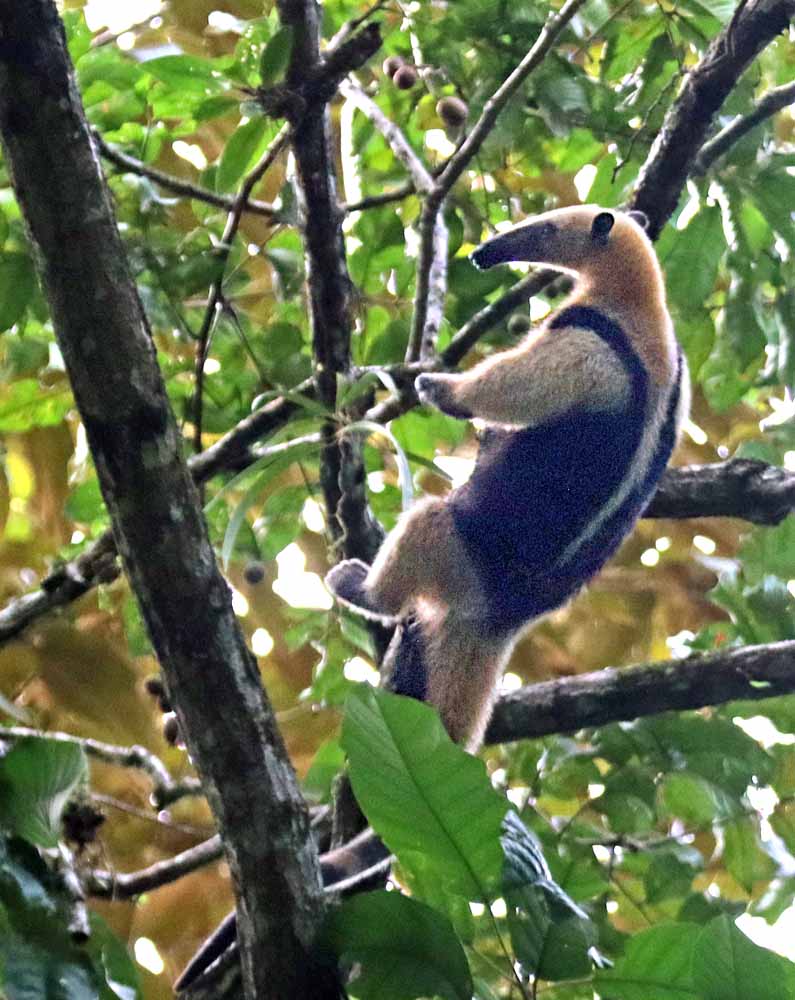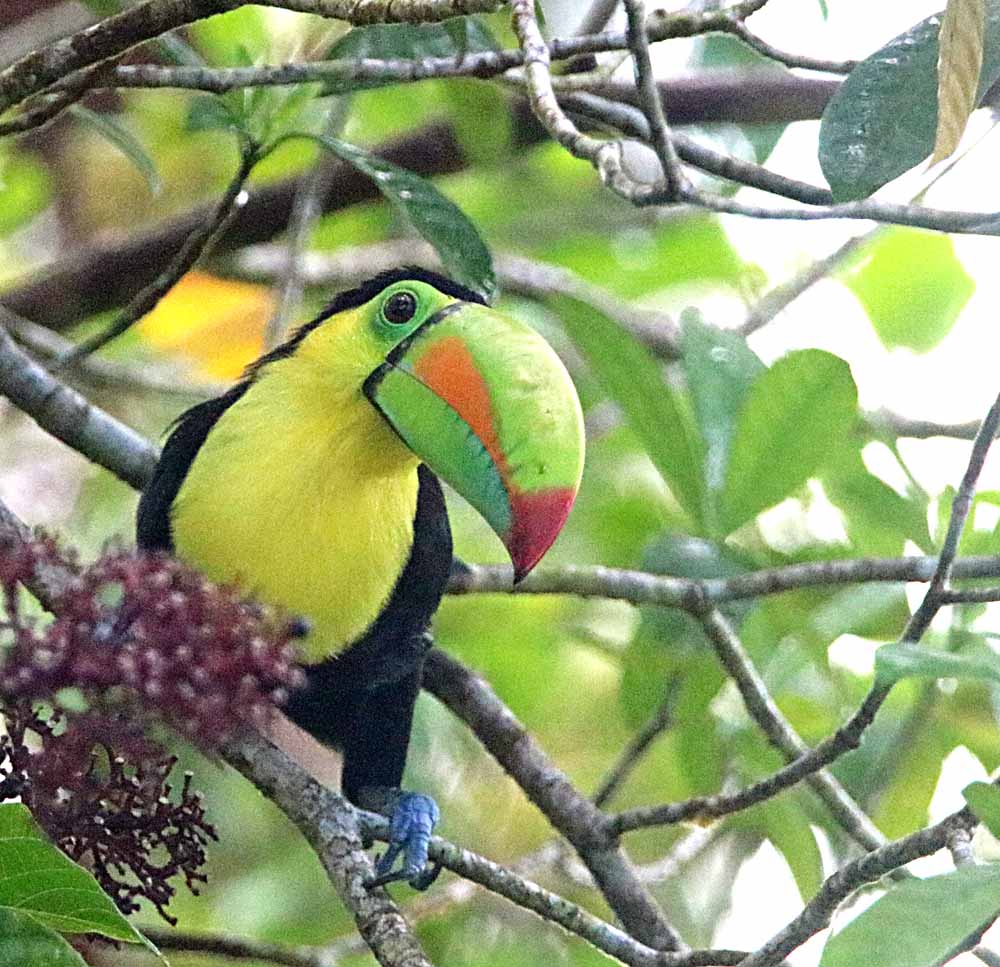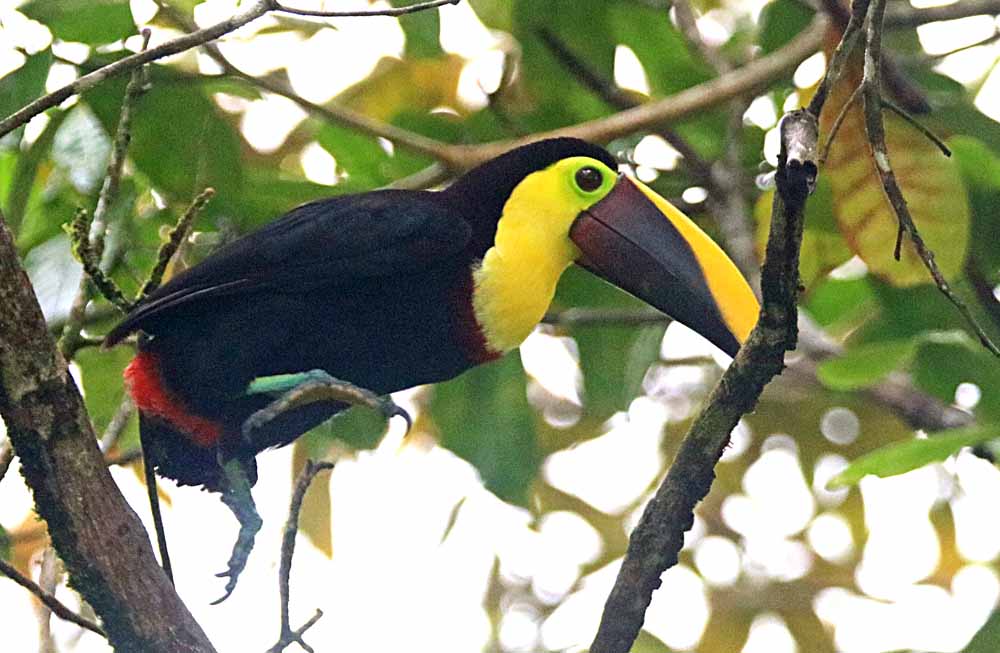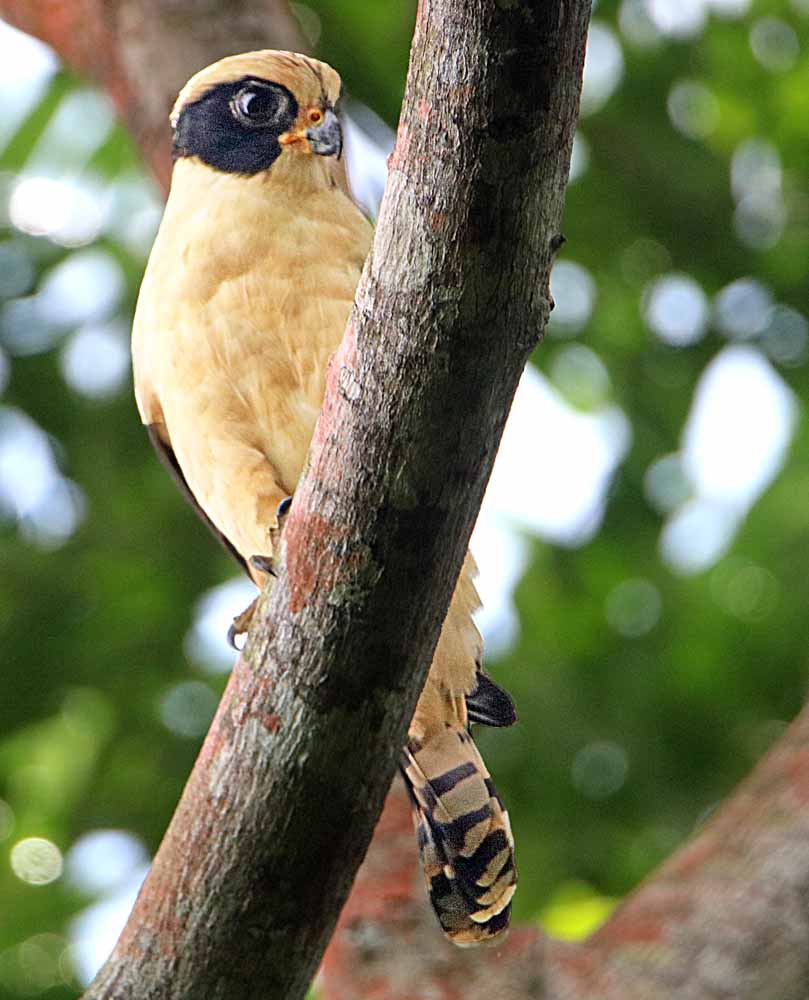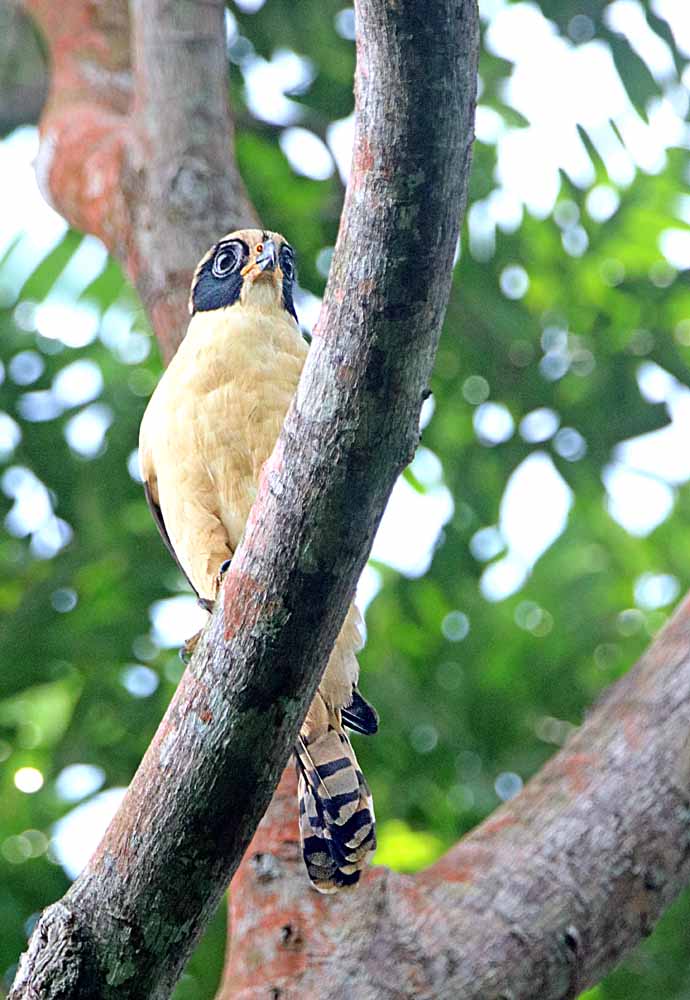This is the species that lives in my garden and is the most common squirrel in Costa Rica (with 7 subspecies) and I see them in most places I visit here, including different colors. In my gallery you can see my photos of 3 other species as well as this most common one, each species in their own gallery 🙂 . . .
- Alfaro’s or Central American Pygmy Squirrel (just 1 photo from Curi-Cancha Reserve, Monteverde)
- Deppe’s Squirrel (3 photos, also at Curi-Cancha Reserve, Monteverde, my favorite reserve in Monteverde, where I also get the most species of birds in Monteverde!) 🙂
- Red-tailed Squirrel (the 2nd most numerous for me with a dozen photos from 7 different locations across Costa Rica on both slopes, though considered “non-native”.)
- Variegated Squirrel, (49 photos from 12 locations across Costa Rica, including both slopes and more than one subspecies or color-combinations.)
- The only two of these that are “native” to Costa Rica are Deppe’s and the Variegated. The other 2 are “introduced” or “migrants,” kind of like me! 🙂
Just this one photo here. Go to gallery for more.
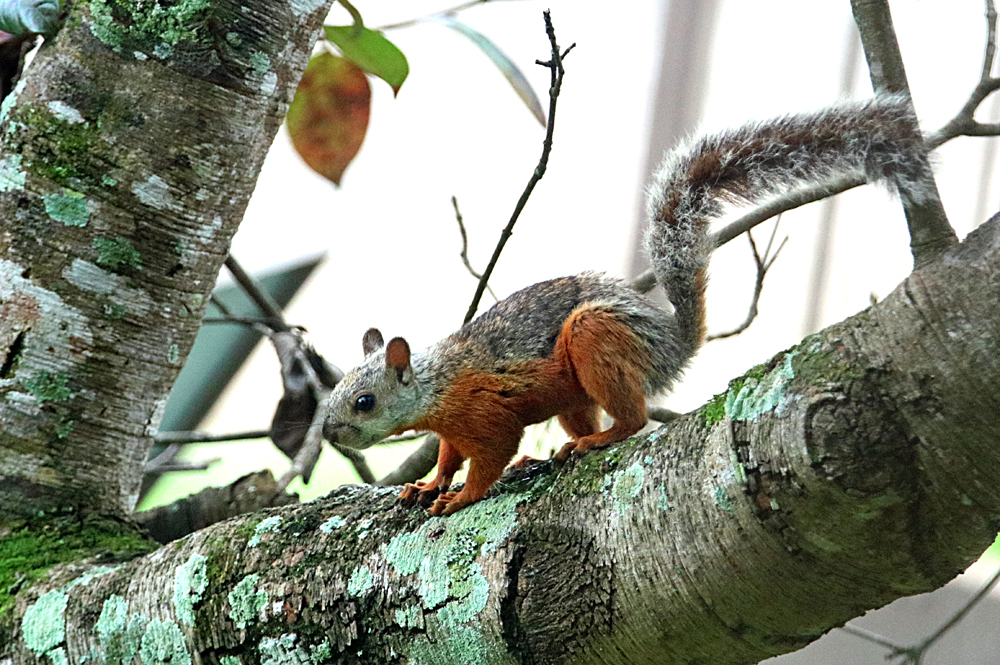
¡Pura Vida!
